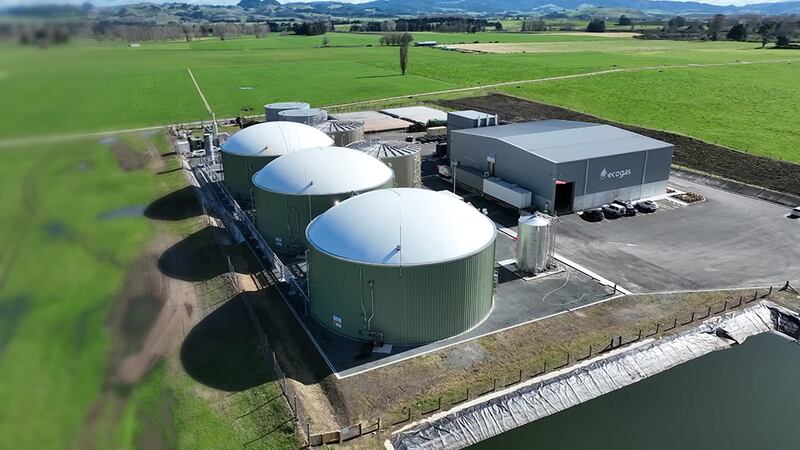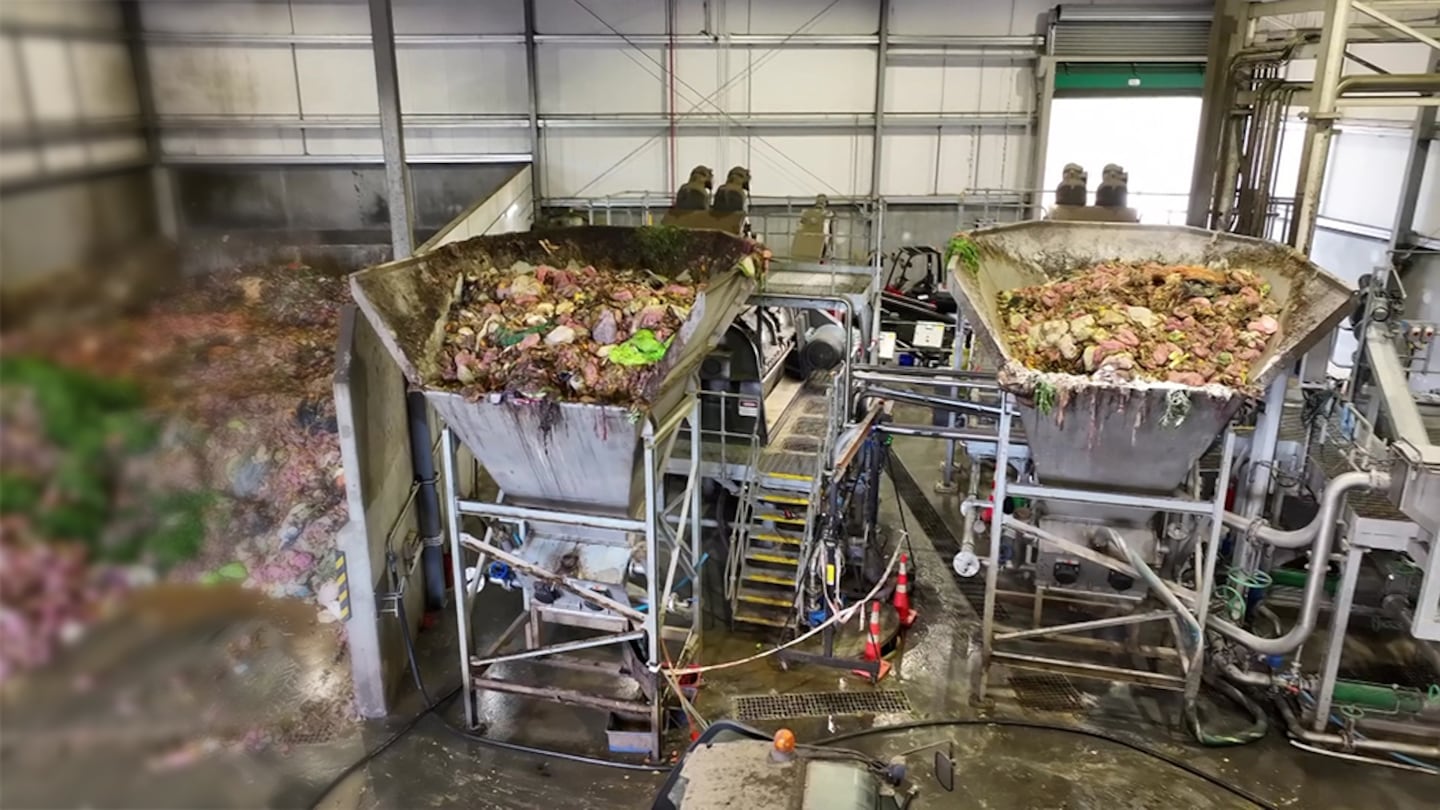Auckland Council is now in the last stage of switching to food scrap bins to reduce waste, which may help New Zealand’s bad waste record.
The council started the initiative earlier this year, in April, to cut the quantity of waste in the city by converting food waste into bioenergy.
Auckland Council waste solutions general manager Parul Sood says Auckland has a goal of zero waste going to landfill by 2040, “so as a city we are striving towards a circular economy and want to have as little waste going to landfill as possible”.
“The service is for urban Auckland, and that is over 500,000 households, which is an enormous area to cover. We have [got new small bins to] almost 300,000, and we have a few hundred more to go. By the end of November, we will be finishing the rollout.”
Eco Gas general manager Dr Alzbeta Bouskova Houghton says her company is on a mission to divert as much organic waste from landfills as possible and then convert the food waste into a valuable product.
“We can only do our job if the food waste comes to us relatively clean. We collect the waste, bring it to our consultation facility in Papakura, load it into the truck, and send it down to Reporoa.”
New Zealand worst at waste
“We are way behind; this is a standard practice all around the world, and New Zealand is the worst in producing waste in the developed countries, and we are probably the 10th worst country in the world in terms of how much waste we produce.”
Houghton encourages people to interact with kids about the issue, as she says they would love to know what the future holds for them.
Eco Gas operational manager Arshdeep Singh says the collected food waste is taken to Eco Gas in Papakura, where it is loaded into a dump truck weighing approximately 100 tonnes.
“We have two de-packing machines; everything is mechanical; we don’t touch anything,” Singh says.
Once the depacking process is complete, any plastic in the food waste is separated, and the remainder is converted into slurry. The slurry is then directed to a settling tank, where it sits for approximately five days. Over 70 days, methane and carbon dioxide are released.
The facility will use anaerobic digestion - a technology already used successfully overseas - to generate enough energy to annually power up the equivalent of around 2500 households in the region, produce clean bio-fertiliser for approximately 2000 hectares of local farmland, and likely supply CO2 for the beverage industry.
“The level of landfill in New Zealand is high, so we are diverting the good-quality energy from landfills to be used to recover renewable energy sources for us,” Singh says.





